Restoration of the castle
Restoration project
In 1906, Albin Bibal launched his first project and began restoring the castle in a Romantic-inspired style, intending to use it as a residence. He built the metal staircase to reach the inner courtyard and another one to access the wall-walk. He also added a wooden staircase inside the keep, changed the layout of the wooden floors on every level and rebuilt the crenellations at the top of the tower.
In 1907, he gave the castle to the Escola Gaston Febus association. Over the years, some minor consolidation work was done by the various trustees, such as removal of debris in the inner courtyard and repairs to the main gate archway, but it wasn’t until 1981 that the real work began.
Guy Cassagnet, the curator elected by the association undertook the renovation of the base of the battlements and the southeastern curtain wall along with the construction of a building to welcome visitors into the site. The total cost of the work amounted to €327,220 and was up to 40% self-funded by the castle itself.
Jean-Francois Abadie was elected curator in 1996. He has overseen several projects to secure the site and make it safe for visitors: strengthening the wooden floors on level 5 and 6, repairing a portion of the wooden stairs inside the main keep, completely updating the electricity grid and installing a regulatory emergency lighting system.
In 1999, the board decided to start a comprehensive restoration campaign, and to commission a global study from Olivier Naviglio, chief architect at the French National Trust which would appraise the castle’s current sanitary state, settle the design of the restoration and outline its different stages, and estimate the total cost.
The association, not being able to fund a project this size on its own, sought help from the Conseil Général who, after an initial meeting and looking at the project proposal decided to finance 25% of the costs. This deal made the project possible and a work permit was registered and accepted on April 16, 2002. The building company Dos Reis de Jarret was formally hired for the completion of the work.
Restoration stages
The northern and northeastern battlements (stage 1, 2, and 3) were restored from March 2003 to January 2004. They were the most damaged, with the top of the walls crumbling away and covered in ivy. You could barely see the ancient bay windows, of which only the lower part still subsisted, a smaller bay with a large embrasure and two chimney ducts which were all in various stages of ruin.
The inner courtyard had to be cleared before removing the rubble which almost reached the top half of the ground floor. The volunteers cleared an area of 300 m², from which 50 m³ of stones were removed and sorted for later use on the construction site.
The trickiest aspect concerned the restoration of the elements which were no longer there, such as the courtyard-facing wall openings and some of the fireplaces. The ground floor was lit by narrow windows and had two fireplaces, both partially buried due to the ground elevation in the courtyard (from all the rubble that fell in from the crumbling walls).
The first floor, on the other hand, most likely consisted of a single room lit by wide bay windows equipped with built-in seats and heated by a large fireplace in its centre. The openings in the outer walls of the ground floor, the bay windows on the first floor and the two ground level fireplaces were all in good enough condition to allow for their restoration.
The facings have been reconstructed based on observations made on site. Pebble for the cladding, pebble and rendered rubble for the overmantels, rendered rubble and hewn stone for the angles of inner embrasures, bricks for vaulted ceilings and arches, hewn stones (Molière sandstone) for mullioned windows and rendered schist for the outer discharging arches. A 3 ½ foot high parapet has been installed along the curtain wall and each buttress has been raised with 10 feet high stone bays fitted with arrow slits. Gargoyles have been raised on each buttress.
The wall-walk has been waterproofed and covered with schist slabs (similar to three original slabs found on the western edge of the wall). A slate bed has been built in the wall to distinguish the restored portion of the wall from the original one.
From September 2005 to March 2006, the southern and southeastern battlements underwent restoration (stages 5 and 6)
The southeastern battlement includes an element built in the masonry upon which the top of the access ramp used to rest. The facade holds a little opening similar to an arrow slit surmounted by a traditional bay window complete with a built-in seat. The heraldic stone above the main gate was heavily damaged. It has been restored and topped with a lead sheet to shield it from further water damage. The pennant’s missing shaft has been reconstructed and the coat-of-arms repainted.
The metal fences running along the wall walk and dating from 1906 have been removed, restored, reinforced with a rigid metallic mesh and refitted, this time on the inner side of the wall-walk.
In 2007, the grand wooden staircase leading to the top of the curtain wall was built to replace the dual metal staircase which was no longer fit for purpose. The pinnacle at the top of the keep was remade with composite materials to allow the installation of a telephone antenna.
From September 2007 to January 2008, the western and southeastern battlements were restored (stage 7 and 8). The double access staircase leading to the wall-walk were dismantled along with the masonry supporting it. The corbelled latrines were rebuilt with bricks and fitted with a yellow limestone, 3-inch-wide « arquebusière » to let the light through. The fireplace, which had been walled in 1906 was cleared. The duct was restored and the underfloor cleared, but the mantle could not be restored due to a misadjustement in the inner side of the wall dating from 1906 which unfortunately could not be corrected.
From September 2009 to March 2010, the main keep was renovated: the latrine on the northern side and the crenellations were rebuilt. The cladding on the northern and western side was restored and the window frames were replaced with new ones similar to the one on the eastern facade that was left untouched during the 1906 restoration work. A metal fence made from railings salvaged from the old wall-walk and reinforced with rigid mesh was added to the rooftop terrace. Large sections of the original cladding on the eastern side dating from the 14th century were preserved and are still visible today.
The second half of the work from September 2011 to November 2011 saw the restoration of the western portion of the keep. While two original corbels can still be seen on this side, a decision was made not to rebuild the projecting crenellation like the other three due to a major fissure located on the upper right corner of the keep.
In 2013, the original keep located in the middle of the inner courtyard was restored (stage 9). The facade and cladding were repaired and renovated. The vaulted ceiling was rebuilt and pierced with a trap door at the top according to information provided in a 16th century account recounting the escape of inmates kept in the room at the base of the tower. The roof of the structure was waterproofed, capped with terracotta tiles and a low wall to indicate that the tower had at least another level and that the access to the keep was on the first floor.
The total cost of the restoration work amounts to €1,652,500, 68% of which was self-funded.
Following the recommendations of the board, none of the stages started until 100% of the funds had been secured so as not to have to rely on loans, because while the heavy restoration work was ongoing, other projects were constantly underway to enrich the visitors experience and highlight the site and the collections. Even though the most important work was done by professional contractors, the volunteers have been an essential part of the project and helped greatly in lowering down the cost of the work.
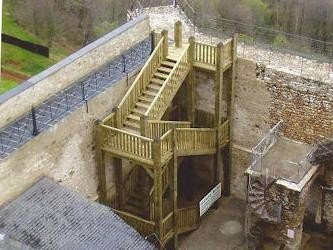
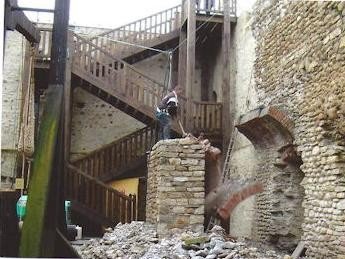
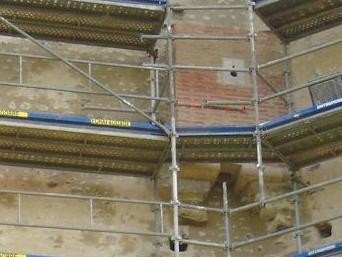
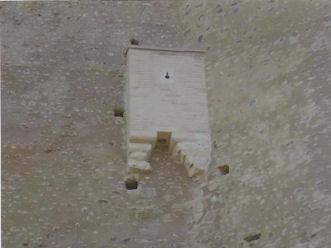
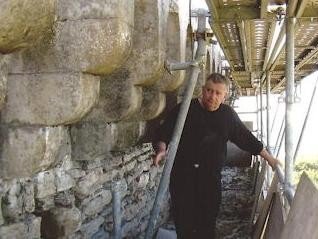
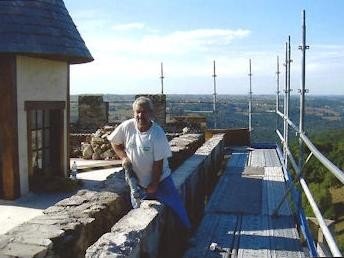
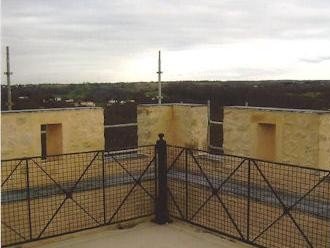
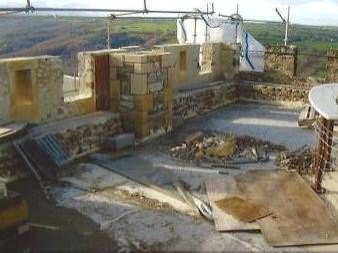
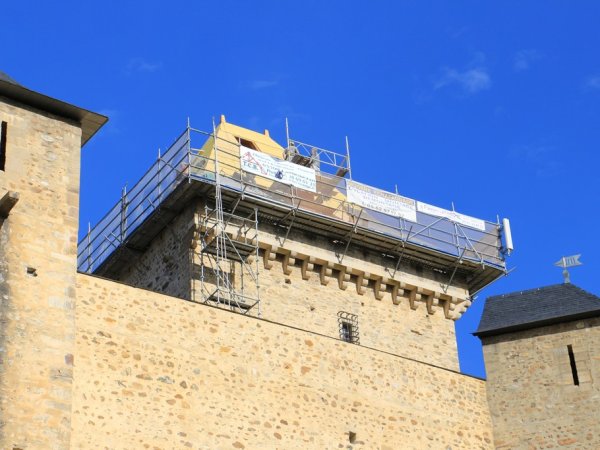
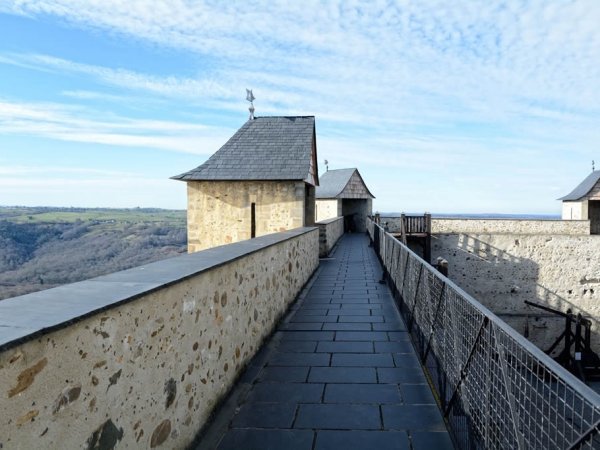
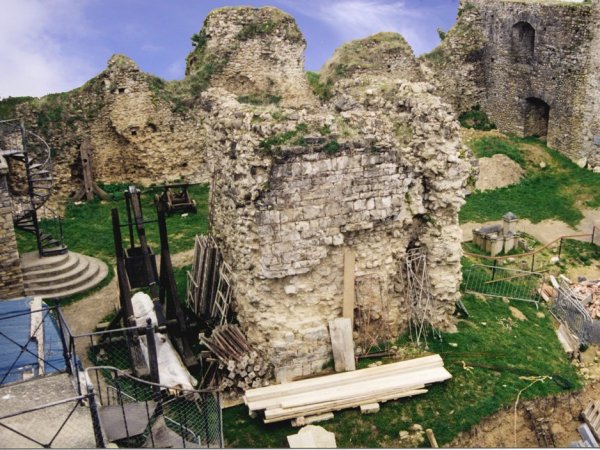
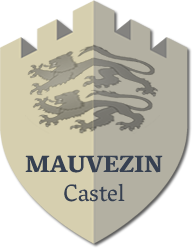





.jpg)
.jpg)





